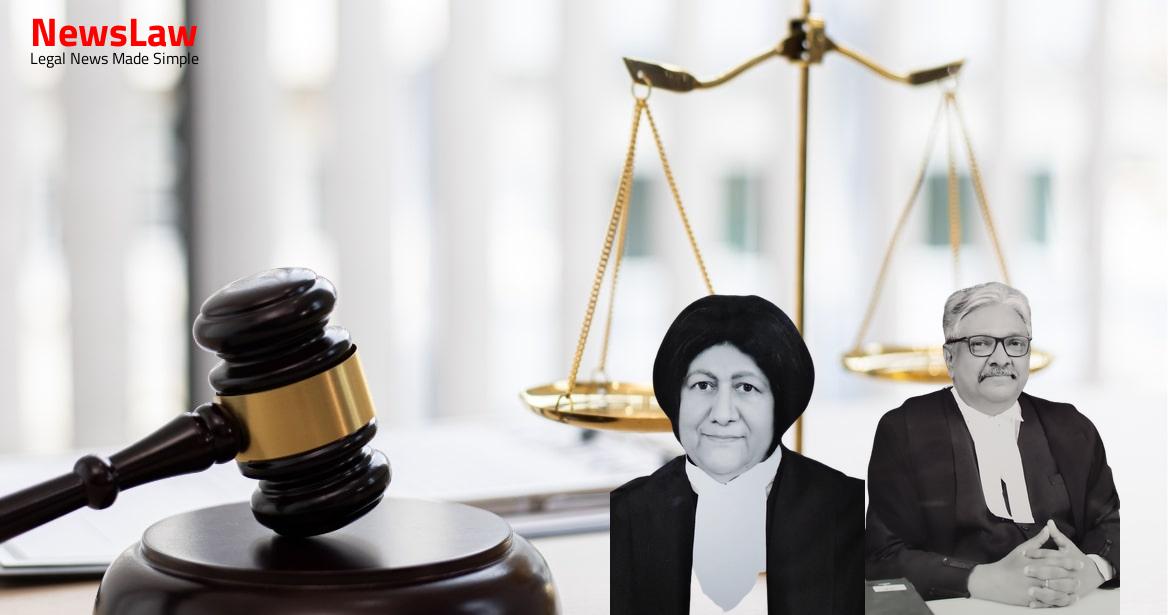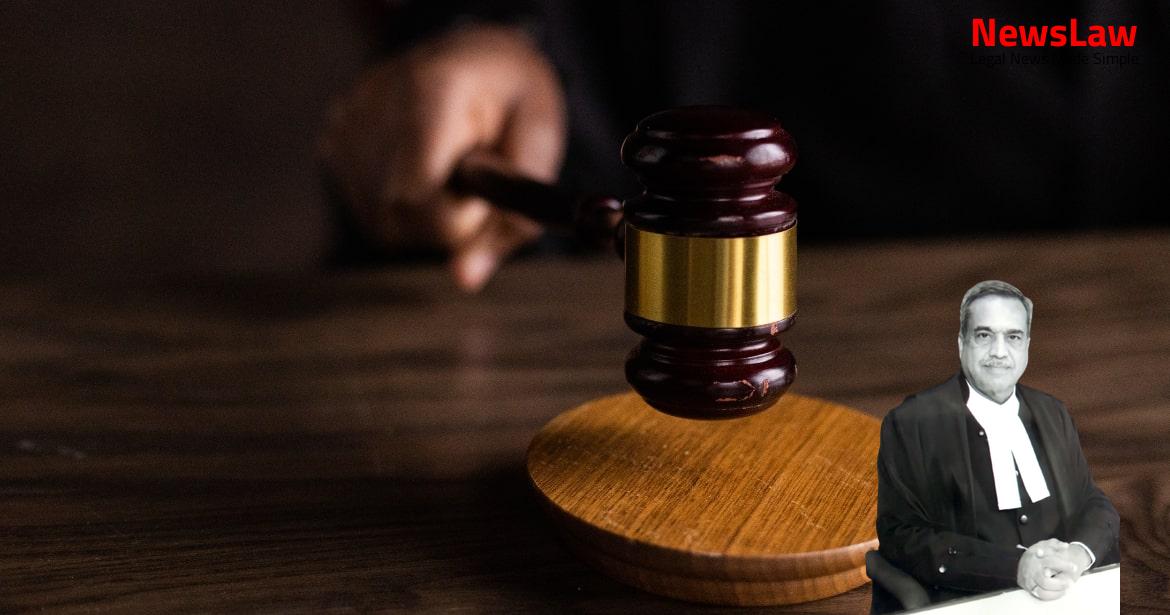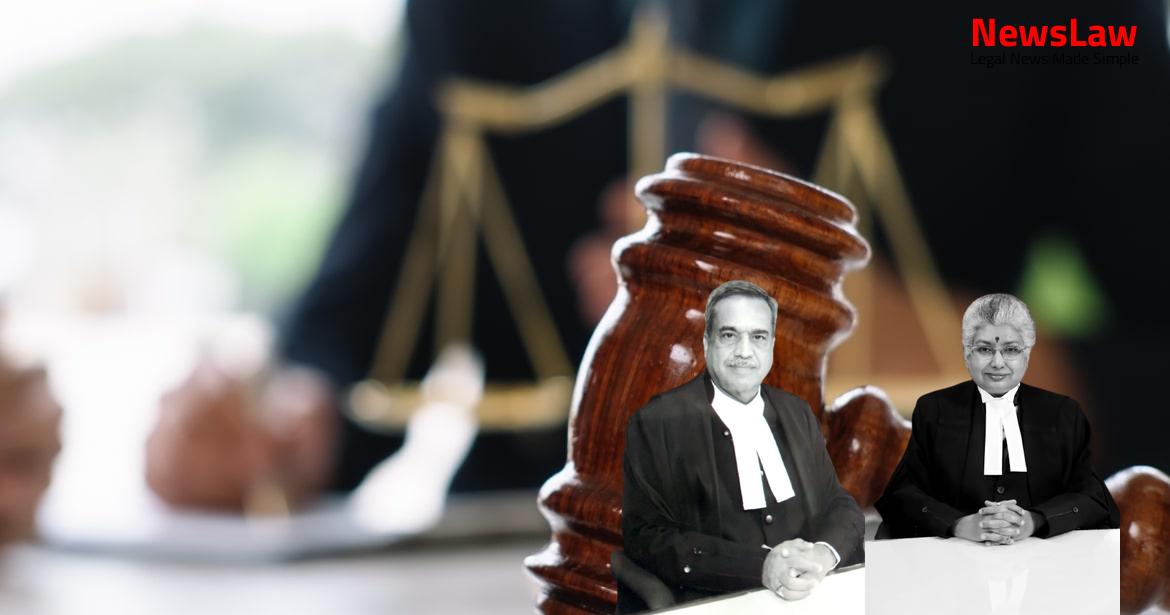Facts
- The Respondent No 1 secured the 22nd position in the SEBC (Women) Category.
- Respondent No 1 was directed to attend the viva-voce examination.
- The post was filled up by the D.I of Schools based on the direction issued by Respondent No 1.
- An order dated 16.04.2002 led to the appointment of Respondent No 2 by Appellant No 3 and termination of services of Respondent No 1.
- O.A. No 917 (C) of 2002 was filed by Respondent No 1 before the tribunal due to the termination of services.
- Respondent No 1 was favored with an order of appointment dated 04.04.1998.
- The High Court quashed the direction of the Tribunal to reinstate the Respondent No 1 by creating a supernumerary post.
- The High Court ordered the petitioners to appoint opposite party No 1 Smt. Kamalini Khilar against a available vacancy within four weeks in Bhadrak district.
- The principle of ‘Audi alteram partum’ was not observed in the termination of the applicant.
- The termination order of the applicant was deemed illegal as no show-cause notice was issued, no opportunity to be heard was allowed, and the termination was not in accordance with the law.
- The High Court should have issued a show-cause notice and allowed an opportunity to the applicant before discharge, even if it is argued that she was the junior most in the S.E.B.C (Women) list.
Also Read: Electoral Malpractices in Mayor Election
Arguments
- Respondent No 1 was appointed only because Respondent No 2, who had a higher rank, did not report for joining.
- There is currently no provision for appointments as the method has been changed to absorption from trained junior teachers.
- Various judgments from the court have been cited to support the contention, such as Delhi Transport Corporation vs D.T.C. Mazdoor Congress, Surendra Kumar Verma vs. Central Government Industrial Tribunal-Cum-Labour Court, and others.
- The decisions relied upon by Respondent No 1 are considered irrelevant given the circumstances surrounding the appointment and the specific directions issued by the Tribunal.
- The termination of Respondent No 1’s services is claimed to be illegal, arbitrary, and capricious, as she had a commendable four years of continuous service record.
- The delay in the process is also highlighted as a point of contention.
- It is argued that sports persons or physically handicapped individuals from any category could apply based on the Resolution’s clause 8.
- There is reference to the maximum age limit of 32 years as per the Resolution dated 12 March, 1996, for applicants as of January 1st of the requisition year.
- The High Court’s decision to quash the direction to create a supernumerary post but issue a direction to appoint Respondent No 1 in the vacancy is challenged by the Appellants.
- There is a delay of almost 7 years in filing reply by the government.
- The delay in litigation is solely attributed to the government.
- There were persons who secured lesser marks than the Respondent No.1 who are allowed to be retained in service.
- Respondent No.1 was harassed and victimized despite having higher marks.
- A separate list was to be prepared for each of the reserved categories.
- Relaxation was given by 5 years for women candidates.
Also Read: Balancing Power and Transparency: Electoral Bonds Struck Down, Disclosure Mandated
Analysis
- The Respondent No 1 was not party to the earlier proceeding, yet the Tribunal’s order to reinstate her was only acted upon after two years when contempt proceedings were initiated.
- The merit list showed discrepancies in ranking and selection process, raising doubts on the correctness of the appointments.
- The Respondent No 2 did not receive the appointment letter due to an incorrect address, leading to the appointment of Respondent No 1 instead.
- The Tribunal’s direction was to appoint the Respondent No 2 if the previous appointment had been made, which was not the case.
- The termination of Respondent No 1’s service was based on the Tribunal’s order, which was not clearly justified and lacked proper reasoning.
- The dispute involved the misaddressed appointment letter, leading to confusion in appointments within the SEBC (Women) category.
- The Respondent No 1’s service termination without a proper show cause notice raised issues of natural justice and procedural fairness.
- The Court may consider factors like length of service, nature of misconduct, financial condition of the employer, etc. before making a decision.
- Respondent No 1 is not entitled to benefit from a certain pronouncement due to specific reasons in this case.
- The High Court correctly reversed the direction to create a supernumerary post.
- In Basudeo Tiwary case, the Appellant’s services were terminated, and they were initially appointed as a lecturer.
- Deepali Gundu Surwase case involved reinstatement with back wages for wrongful termination of service.
- The decision in Hindustan Tin Works Pvt. Ltd. and Surendra Kumar Verma cases pertains to illegal termination under Industrial Law.
- An order following a binding direction on the employer is not considered illegal.
- The college in question was taken over by the University, with a contention raised on the violation of natural justice principles.
- The High Court had no basis to direct the appointment of Respondent No 1 after termination of service.
- Termination of Respondent No 1’s service was inevitable due to the Tribunal’s binding order in O.A. No 650 of 2000.
- The order of the High Court regarding the appointment of Respondent No 1 is to be set aside.
Also Read: Recall of Resolution Plan Approval: Legal Analysis
Decision
- The appeal is allowed and the order of the High Court is set aside
- The order passed in O.A. no. 917 of 2002 by Respondent No. 1 is set aside
- No costs are awarded in the appeal
- If the cost of Rs. 50,000 ordered as a condition to condone the delay in filing the SLP is not paid, the impugned judgment will stand, the application for condoning delay will stand dismissed, and leave granted will stand revoked
- If the cost is deposited, it can be withdrawn by Respondent No. 1
Case Title: THE STATE OF ODISHA Vs. KAMALINI KHILAR (2021 INSC 273)
Case Number: C.A. No.-001694-001694 / 2021



